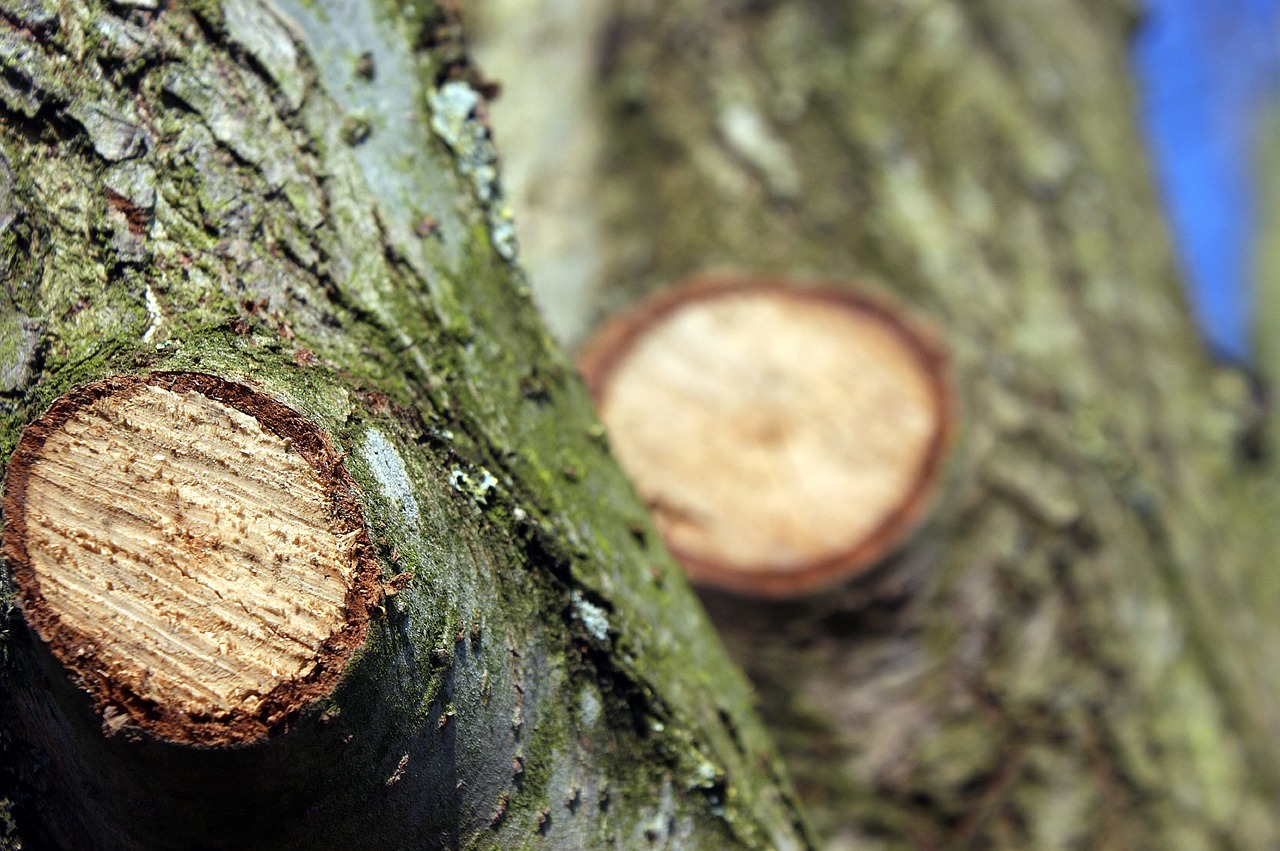If you have even a small interest in gardening, then chances are you’ve heard a variety of myths about how to get the most from your plants. These range from adding sand to clay soil to improve drainage, to using baking soda to treat black spots, to burying banana peels next to a new bed of roses to help raise potassium levels in the soil. While these might sound like harmless old wives tales, in some cases, paying too much attention to factually questionable advice can cause real damage to your yard.
With that in mind, we want to discuss one of the most misunderstood topics we come across here at T.Lake: dormant pruning. Dormant pruning is the practice of pruning trees and shrubs when they are not actively growing. This might involve removing broken limbs, elevating low branches, or creating space between the tree and any surrounding buildings or structures.
If, as you read this, you are shaking your head and thinking: “but you’re not supposed to prune trees if they’re not green”, then you’re not alone. In our 30 years of business, we have encountered hundreds of customers with the same concerns. Somewhere down the line, a consensus formed that trees and shrubs should only be pruned during spring and summer, during their active growing season. In reality, the complete opposite can be true.
During a tree’s growing season, pruning stimulates fresh growth. Pruning during the growing season always stimulates new growth. While this might not sound like an obvious issue, having to produce an extra flush of growth during an already active time can cause the tree a huge amount of stress. There is also a higher risk of disease if you prune at this stage.
Dormant pruning is one of the safest, most effective ways to ensure your trees and shrubs stay full, healthy, and rejuvenated through all four seasons. Good maintenance begins with proper preparation during the dormant season.
With this in mind, let’s take a look at the most notable benefits of dormant pruning.
Dormant Pruning Reduces the Risk of Disease
If you prune outside the growing season then you will find that fresh cuts and bruises are less susceptible to disease-carrying critters, and less likely to spread any existing diseases to other plants. It is also easier to spot diseased or damaged wood if you prune when trees are bare, increasing the chance of early intervention or treatment.
Dormant Pruning Improves Overall Health
If you want to ensure your trees and shrubs enter the new season in the best health, then dormant pruning is one of the most foolproof winter treatments. Trees tend to be at their healthiest if they are maintained before new growth starts in the springtime. If you prune after your plant enters its new growth period then you are risking limiting its bloom potential for the rest of the year.
Dormant pruning not only causes less stress to trees and shrubs but also encourages strong, fresh growth when the weather warms up.
Dormant Pruning is Easier
Think about it: it is much easier to see the branch structure of a tree without all those leaves in the way. On a practical level, this makes deciding where and what to prune clearer, as well as a simpler task for your landscaper!
Dormant Pruning is Convenient
In winter, you only need to make minimal maintenance to your lawn and landscaping, so there is no interference with active growth as there would be in spring. Once the weather warms up, there will be no shortage of yard work on your to-do list. With proper planning, you can prevent unnecessary tasks during the busier summer months, giving you more time to reap the benefits of your beautifully maintained yard!
Dormant Pruning Evergreens
Evergreens are plants that have leaves or needles all year long.
Although needle-leaf evergreens react badly to most types of pruning, narrow-leaf and broadleaf evergreens are excellent candidates for dormant pruning. Pruning evergreens creates gaps or holes in the foliage canopy, which allows sunlight to reach the internal branches. This helps protect the plant from insects and disease and encourages airflow between branches.
Our experienced landscapers at T.Lake take a methodical approach when pruning evergreens, to ensure the tree’s natural shape remains intact. First, we remove dead, broken, or infected branches, following the plant’s existing branching pattern to maintain the shape.
Our dormant pruning routine may also include thinning, particularly if a tree is becoming unruly. This practice helps reduce the size of the tree, and also encourages healthy internal growth during the next active growing season.
T.Lake Can Help
Routine maintenance is crucial to the health and attractiveness of your outdoor space. Pre-emptive practices like dormant pruning can help transform a landscape into a natural paradise, without the need for invasive, expensive fix-jobs. Pruning is included in all of our premium customer packages, meaning you won’t have to lift a finger to keep your yard in check.
Because the T.Lake team is lead by industry experts in landscape architecture, horticulture, and construction, you can rest easy knowing you are getting the best possible service.
Contact us today to discover how T.Lake can help you get more from your outdoor space.
1 Oct 2024


